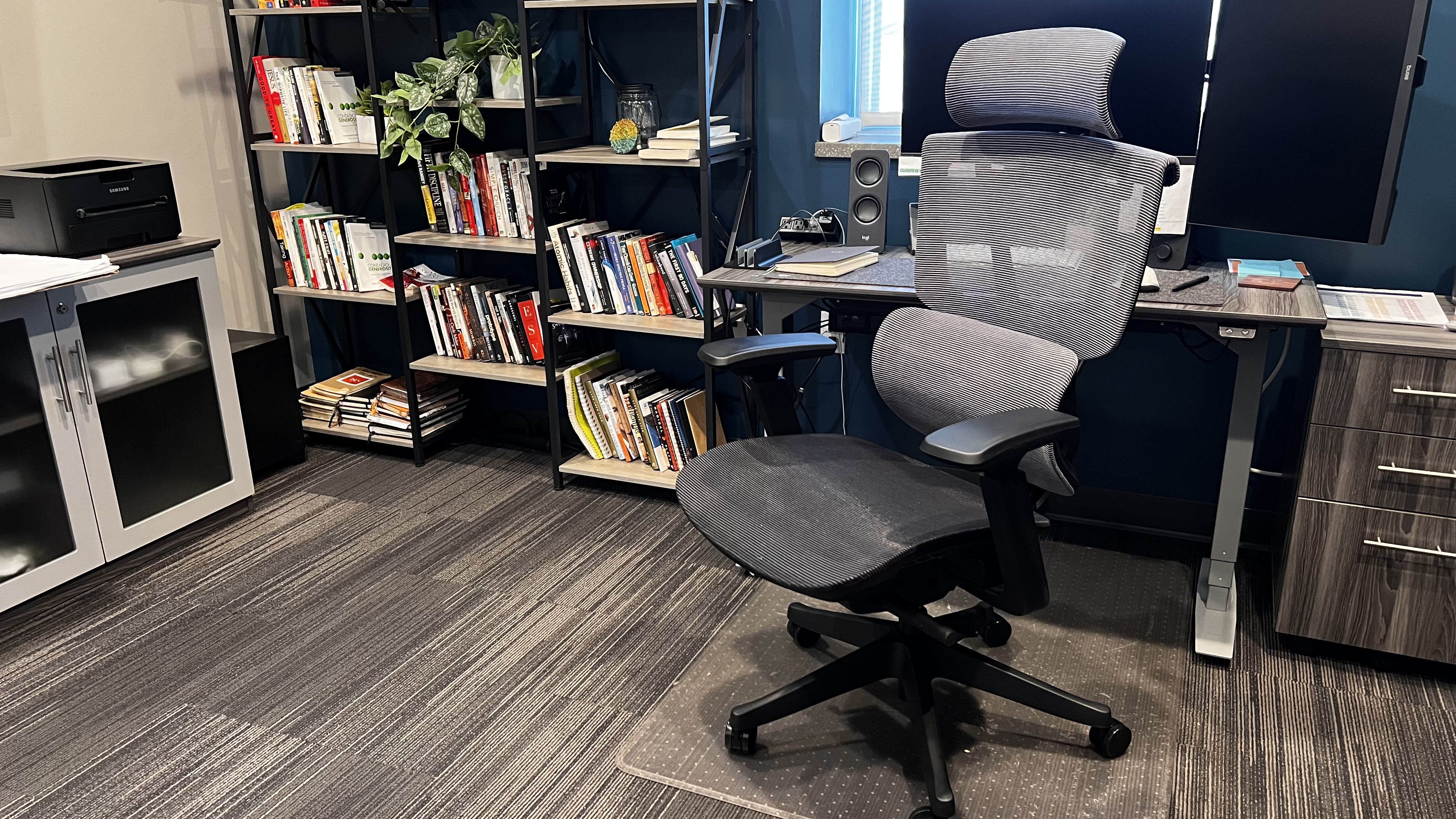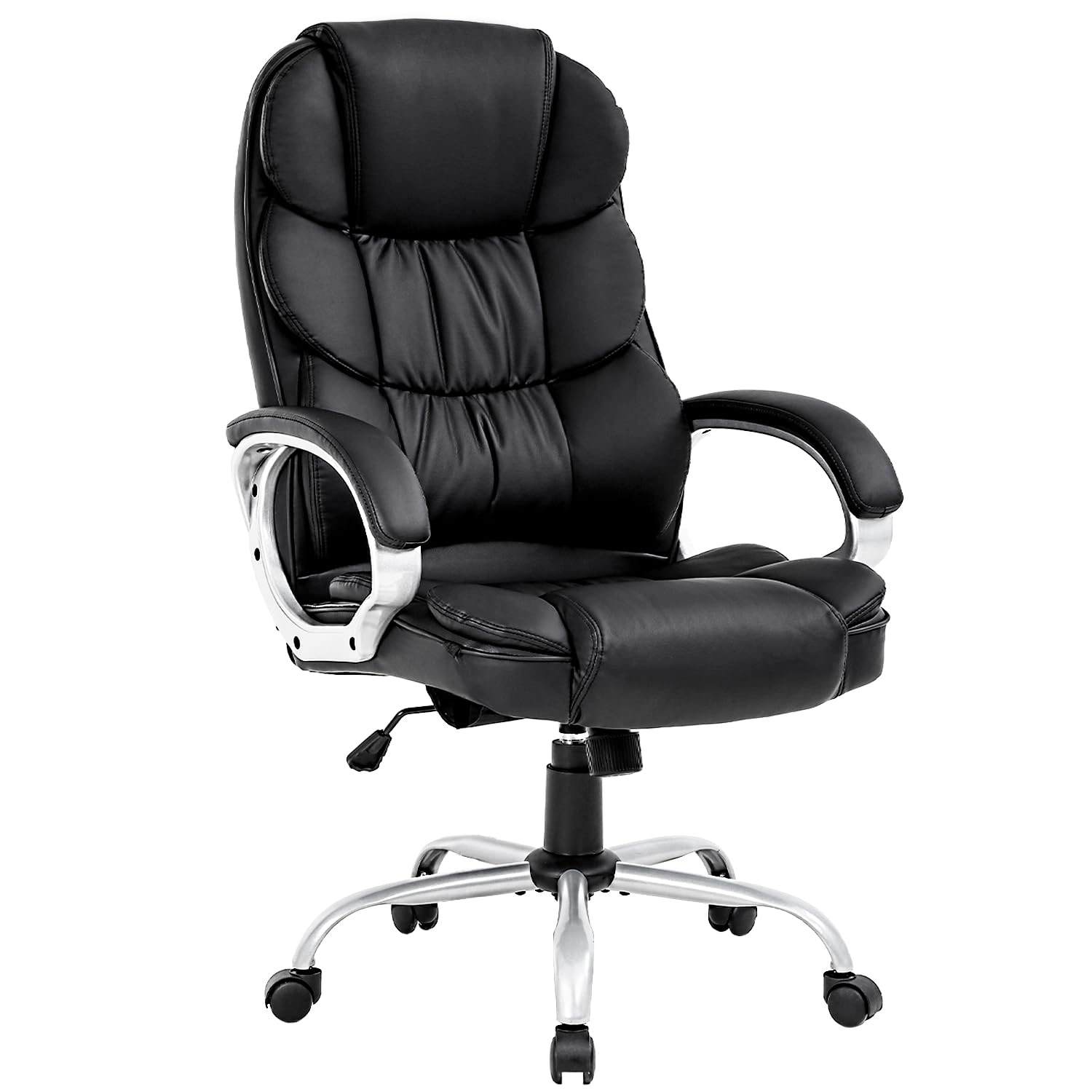
Why Your Chair Makes You Moan
Let’s just get straight to it: most of us have spent way too much time pretending that lower back pain is “no big deal.” Maybe you’ve felt that familiar ache after sending just one more email. Maybe you’re reading this standing up—because, well, it hurts to sit. (Don’t worry. You’re in good company.) I spent years squirming, cracking my back, Googling stretches, but nothing really changed until I finally got serious about what I was sitting on.
The truth? Your trusty old desk chair probably isn’t as loyal as you think. I hate to be the bearer of bad news, but cheap foam and flimsy armrests can slowly turn a regular workday into a pain marathon. Let’s just say it: a lot of office chairs are back health villains in disguise.
But there’s hope. I promise you—once you find the best office chair for back pain, everything (and I do mean everything) changes. Less wincing, more focus, and you might even manage a little chair dancing by 3pm.
The Secret Enemies of Your Spine
Have you ever caught yourself slouching so hard you look like a human question mark? (Yep, me too.) It’s not just bad posture. It’s the design of your chair sneaking up on you, one hour at a time.
Based on research on how office chairs affect spinal health, sitting in a poorly designed seat for 6 to 8 hours can do a number on you. Think: weak core, pinched nerves, even grumpy hips. And trust me—once the aches start, they don’t just magically disappear. A friend of mine “toughed it out” at her kitchen table all through lockdown. By month three, her chiropractor was at war with her glutes.
But… and here’s the wild revelation… all that pain isn’t inevitable. Your body just needs a little friendly support. The kind that comes from chairs built by people who actually care about how your back feels at the end of the day. That’s where choosing the best chair for lower back pain at home pays off. It’s not just a search term—it’s a lifestyle upgrade.
Features That Turn Suffering Into Relief
Alright, so what separates a “meh” chair from one you’ll want to write love letters to? There’s a handful of features that make all the difference—no rocket science required.
Does It Really Have Your Back?
Let’s talk lumbar support. This is the little ledge that should support the curve in your lower back. If it’s too hard, too soft, or (yikes!) not adjustable, it’ll leave you slumping before lunch. Adjustable lumbar support is absolutely the sweet spot—so you can tweak it until your lower back says “ahhh.”
Personal Story—Why Adjustability Wins
I once tried working for a week in my partner’s fancy-looking gaming chair. Day three, my tailbone felt like it took a direct hit. Swapped back to my mesh ergomatic with an adjustable curve, and boom—pain gone. Real talk: form matters, but fit matters even more.
The Little Things That Save Your Shoulders (And Sanity)
Ever notice how you slowly creep your elbows up to your shoulders over time? Adjustable armrests fix that. Ideally, you want to rest your arms at a chill 90 degrees—no awkward neck tension, no keyboard wrist pain. And don’t get me started on headrests: if you love a quick lean-back (or, be honest, those in-between-meetings Netflix breaks), having a decent head/neck support is chef’s kiss.
Why Movement Isn’t Just Nice—It’s Non-Negotiable
Let’s be honest. No one actually sits perfectly still all day, right? Chairs that let you recline, swivel, or even just fidget a bit? They help keep your circulation moving (so you’re less likely to feel like you’re turning into a statue).
That’s what makes so many of the best office chair for back pain recommendations true gems—they’re comfy when you want to lean in or lean back. Movement is life, friend.
The Most Loved Office Chairs in 2025
Now for the good stuff. After months testing, awkward chair returns, and maybe a little (okay, a lot) of online chair stalking, here’s the current class of 2025’s back-saving favorites. I’m splitting them up a bit by what matters most—sometimes it’s budget, sometimes it’s features, sometimes it’s just “please, help me stop hurting” energy.
The MVPs (Most Valuable Posteriors)
| Chair | Price Range | What Makes It Shine | Highlights |
|---|---|---|---|
| Herman Miller Aeron | $1,000–$1,500 | All-mesh, legendary lumbar | Adjustable everything, nearly indestructible |
| Steelcase Gesture | $1,200–$1,600 | Adaptive tilt, plush support | Favored by “back pain club” everywhere |
| Branch Ergonomic Chair Pro | $400–$550 | Great lumbar at a fair price | Easy to build, fits small spaces |
| Hinomi X1 | $729–$759 | Butterfly spine design, 15 adjustments | Padded lumbar, wide headrest, epic recline (full review) |
| NearHub EC10 | $400–$480 | Deep lumbar, breathable mesh | Adjusts for even the fidgetiest fidgeter |
(And, yes, I promise—I’ve tried harder to assemble some of these than IKEA shelves. But once your lower back loosens up, it’s worth every Allen wrench bruise.)
What About Home Offices?
I know home setups can be tight. You want something that fits the small nook you half-jokingly call “the office.” Luckily, picks like the Branch and Hinomi X1 work almost anywhere. If you need more guidance, check out the Best chair for lower back pain at home guide—plenty of alternatives for tight spaces that don’t force you to compromise on support.
How to Use Your New Chair—So Your Back Doesn’t Go “Nope”
Now… owning the best chair in the world doesn’t help if you forget to use it properly. (Ask me how I learned this the hard way.) Here’s what you need to actually feel good, not just look official at your desk:
- Sit all the way back—your lower back should touch the lumbar support.
- Feet flat on the floor, knees at 90 degrees. If you’re too short, use a footrest (trust me, it’s surprisingly life-changing).
- Armrests at desk height, elbows relaxed—not up by your ears.
- Head straight, not leaning forward. This is why adjustable headrests matter if you like an upright posture.
Confession Time…
I used to work hunched over a laptop, one leg tucked under me, because I thought it helped me focus. (Narrator: It did not help her focus.) As soon as I started sitting like actual ergonomic guides suggest, my nagging headaches and lower back drama calmed way down. Kind of wild, right?
If you need help with posture tweaks, there’s a handy breakdown in the Best chair for lower back pain at home resource, too.
Why Not Just Use a Fancy Cushion?
Here’s the deal. Cushions are fine for a quick fix. But after a while? The lack of real structure will catch up with you. Spend two days with a pancake-flat seat and see if your tailbone doesn’t send you telepathic distress signals.
It’s the combination of a supportive chair, good posture, and a little movement every hour that turns “aching” into “pretty comfortable.” If you need to compare, try a borrowed chair versus one of the top picks above for a week. You’ll feel what true support means after just a few days—promise.
So… Which One Should You Actually Buy?
This is the million-dollar (well, hopefully just a few-hundred-bucks) question, right? My advice: start by figuring out what you need most—is it all-day comfort, a chair that fits a teensy corner, or do you want full-service luxury with every adjustment possible?
If you’re ready to invest and want something that’ll last a decade or more, the Herman Miller Aeron or Steelcase Gesture might blow your mind. They’re the best office chair for back pain for a reason—once you’ve sat in one, everything else feels like a toy. Can’t swing that price? The Branch Ergonomic Chair Pro has saved the day for so many remote workers, and with the right lumbar and pro-adjustments, it doesn’t leave you regretting the price tag.
And if you want something super customizable (and honestly, just cool looking), check out the Hinomi X1—the butterfly backrest and adjustable lumbar do what a cushion never could. Even Tom’s Guide’s reviewers had aching backs magically disappear in a couple months of testing.
Little Reminders for Real Relief
This is the part I wish someone had told me years ago. Don’t just sit and forget. Move around! Even the most expensive chair can’t fix hours of 100% stillness (unless your goal is “human statue,” which… no judgment, but ow).
- Set a timer every hour. Stand up, stretch, shake it out—your body will thank you.
- If you’re working from home, swap seats occasionally. Variety helps break things up (and gives you a chance to notice if your “movie chair” is secretly your nemesis).
- Consider pairing your chair with a footrest, external keyboard, or even a sit-stand desk. Extra upgrades, extra comfort.
The best office chair for back pain is just step one. Good movement habits are step two (and they don’t even require a credit card).
An Encouragement (And a Challenge)
Here’s my last little nudge: if your back is always aching, you don’t have to live with it. We spend thousands of hours—literally years—sitting. You deserve a setup that gives your spine some love. Taking action, even if it’s just one chair swap or adding a small cushion while you save for an upgrade? It’s a kindness to your future self.
Maybe it’ll even motivate you to check out that dance class… or just keep up with the kids. And hey—if you find a chair that works for you, spread the word! We’re all figuring this out together, one less ache at a time.
So go ahead, do your body a favor. Give one of these nine contenders a real test drive, or browse the Best chair for lower back pain at home picks if you don’t know where to start. Your back (and honestly, your whole day) will get a little brighter. What’s your next move—any chairs you swear by? Tell us in the comments or send your back pain success stories my way. I’m rooting for you!


















Leave a Reply
You must be logged in to post a comment.